Text
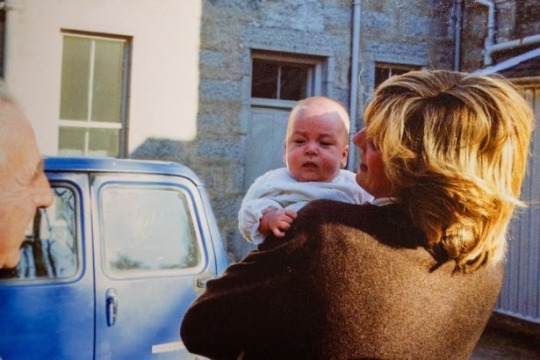
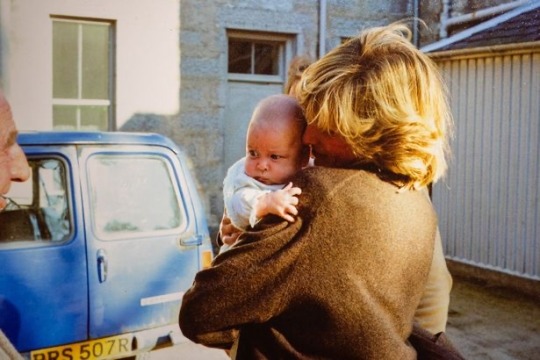
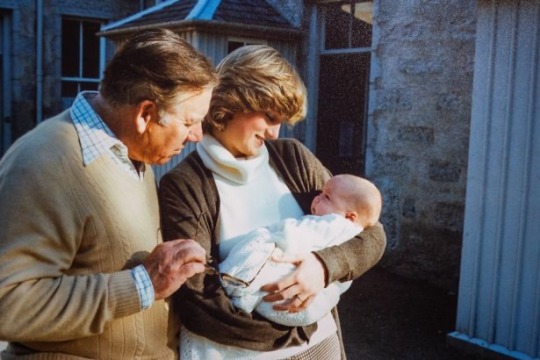

Unseen pictures of Diana and Prince William have been released ahead of an auction later this month. The photographs were taken in September 1982 at Balmoral.
576 notes
·
View notes
Text
February 1888

(Queen Ena) Princess Victoria Eugénie (left), just a few months old, and Prince Alexander (right), aged one, seated together on armchair.
#victorian#victorian era#royalty#british royal family#queen Ena of Spain#Victoria Eugenie#spanish royal family#spanish royalty
12 notes
·
View notes
Text
January 1888

Princess Victoria Eugénie, just a few months old, lies propped up against a cushion on a chair. She is the future Queen Consort of Spain.
#Victorian#victorian era#edwardian#queen Ena of Spain#Victoria Eugenie#british history#british royal family#spanish royal family#spanish royalty#royal houses#royal family
25 notes
·
View notes
Text
January 1888
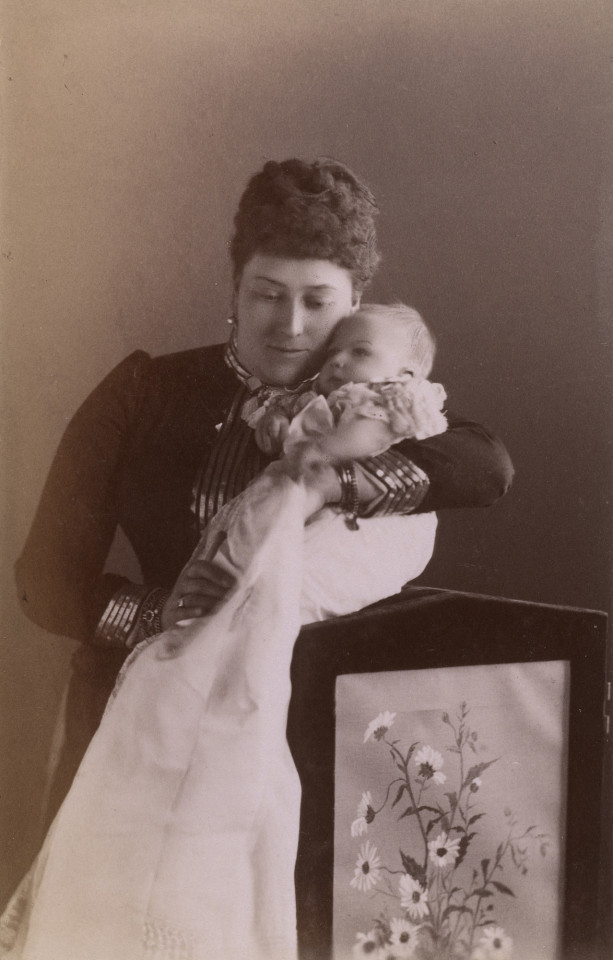
Beatrice, Princess Henry of Battenberg, and her daughter, (Future Consort of Spain) Princess Victoria Eugénie, 1888. Source Royal Trust Collection.
#victorian#royal family#royal history#Saxe-Coburg#Queen Ena of Spain#Princessbeatriceofbattenberg#british royal history#british royal family#spanish royal family#alfonso xiii#battenberg#Victoria Eugenie
21 notes
·
View notes
Text
the dedication…as someone who truly adores the Spanish royals…thank you for this ❤️




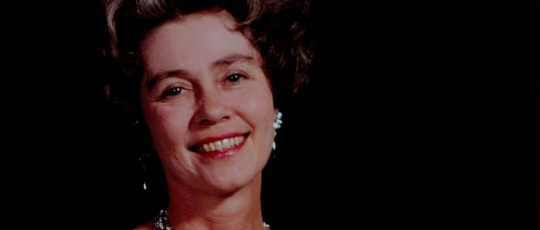
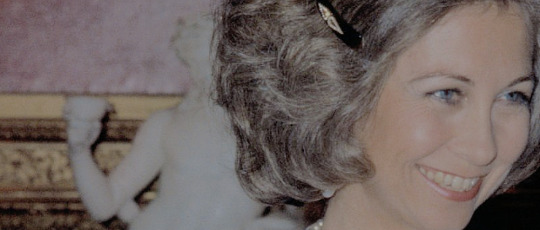


From Victoria to: Leonor, the Princess of Asturias
144 notes
·
View notes
Photo


Royal Meme | ROYAL FACTS | [1/5]→ Isabel and Fernando, royal Europe’s great-grandparents
Europe’s Royal Families have historically intermarried among allies, but there is a family link that all of the current sovereigns share, from the Prince of Liechtenstein to the Queen of Denmark, all ten heads of Europe’s hereditary monarchies are descendants of Isabel I of Castile and Fernando II of Aragón, the powerful Catholic Monarchs.
545 years after their wedding, their major dynastic heir, King Juan Carlos I of Spain, reigns in their native territories, and with Prince Hans-Adams of Liechtenstein, Queen Elizabeth II of the United Kingdom, Queen Margrethe II of Denmark, King Carl XVI Gustav of Sweden, King Harald V of Norway, Prince Albert II of Monaco, King Willem-Alexander of the Netherlands, Grand Duke Henri of Luxembourg and King Philippe of Belgium, the King is the most famous living descendant of the couple.
Isabel and Fernando married their five adult children to powerful monarchs and well-connected women, resulting in fifteen grandchildren who became Kings, Queens, Emperors and Empresses, and whose living descendants include Europe’s current Sovereigns.
140 notes
·
View notes
Photo
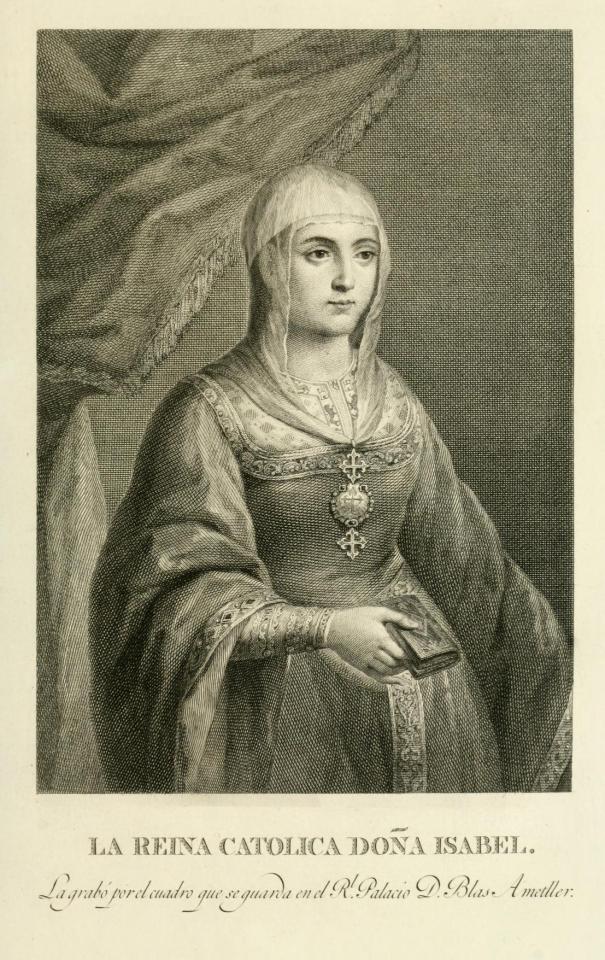
isabella of Castile, from Elógio de la Réina Católica Doña Isabel, al que siguen varias ilustraciones sobre su reinado.
21 notes
·
View notes
Text
“Isabella, acutely aware of the gaps in her own education, placed extreme importance on how the children were raised and educated. She had not been taught Latin in childhood, which meant she had to undertake the more difficult task of learning it as an adult, and she had had to hire a tutor for herself, the female scholar Beatriz Galindo. Isabella and all the ladies in her court, including her daughters, participated in these lessons. Humiliated when she made errors in Latin, Isabella was careful not to repeat the mistake of giving her children a second-rate education when they would be expected to operate in the most elevated intellectual levels of society. Isabella’s emphasis on girls’education helped spawn an academic revolution for women across Europe, as her court set a new standard of expectations for females who would rule either on their own or in partnership with their husbands. Under Queen Isabella’s watchful and demanding eye, the children of the court received an extraordinary education. Isabella’s children were taught not only the Bible and the works of Saints Augustine, Jerome, and Gregory, but also the classics, including Seneca, Prudentius, and the Roman historians . Isabella saw humanism not as the antithesis to religion but as a complement to it. Descendants of the Greeks, she and other Spanish nobles were creatures of the classical world as well as the biblical one (…). The Dutch scholar Erasmus would later describe Catherine as “miraculously learned for a woman” and a better scholar than her eventual husband, the erudite King Henry VIII. Princess Juana could converse easily and casually in Latin with courtiers from other countries, and by the time she was a teenager, she was reciting and composing verse in that language.”
—
Kirstin Downey, Isabella. The Warrior Queen. (via
valinaraii
)
161 notes
·
View notes
Text
““This queen of Spain, called Isabella, has had no equal on this earth for 500 years.” This was not hyperbole. Europe had never seen a female monarch achieve so much, even if merit was shared with her husband, Ferdinand – who brought the junior territories of Aragon into a marital alliance that created modern Spain. Isabella was Europe’s first truly great queen regnant – the founding member of a small club of women whose influence spread well beyond their country’s borders and which includes England’s Elizabeth I and Victoria, the Russian empresses Catherine the Great and Elizabeth, as well as Maria Theresa of Austria. Yet of all these strong women, none had as lasting an effect as Isabella.”
—
Giles Tremlett for BBC History Magazine. Read the article here
Today, April 22, in 1451, the Infanta Isabel of Castile and Portugal was born in Ávila. Her parents were King Juan II of Castile and Isabel of Portugal
39 notes
·
View notes